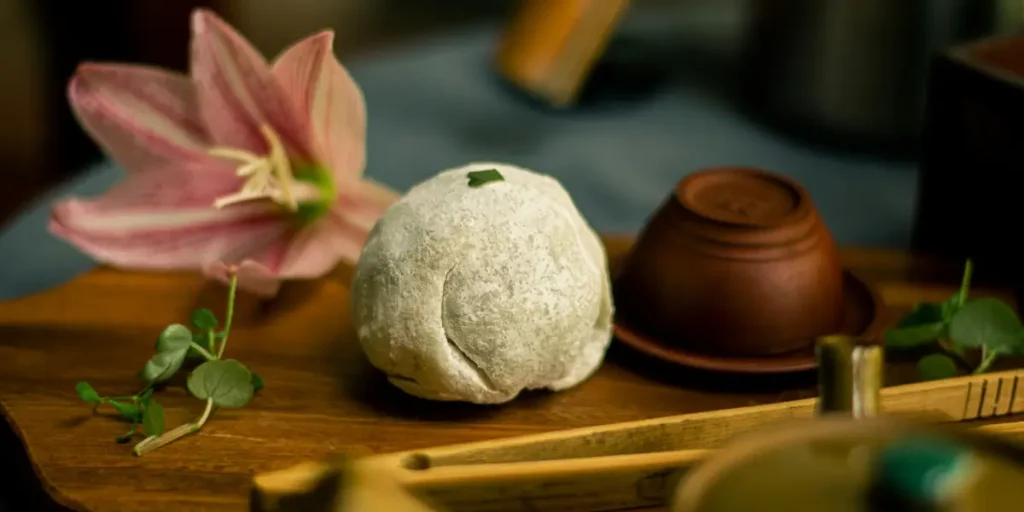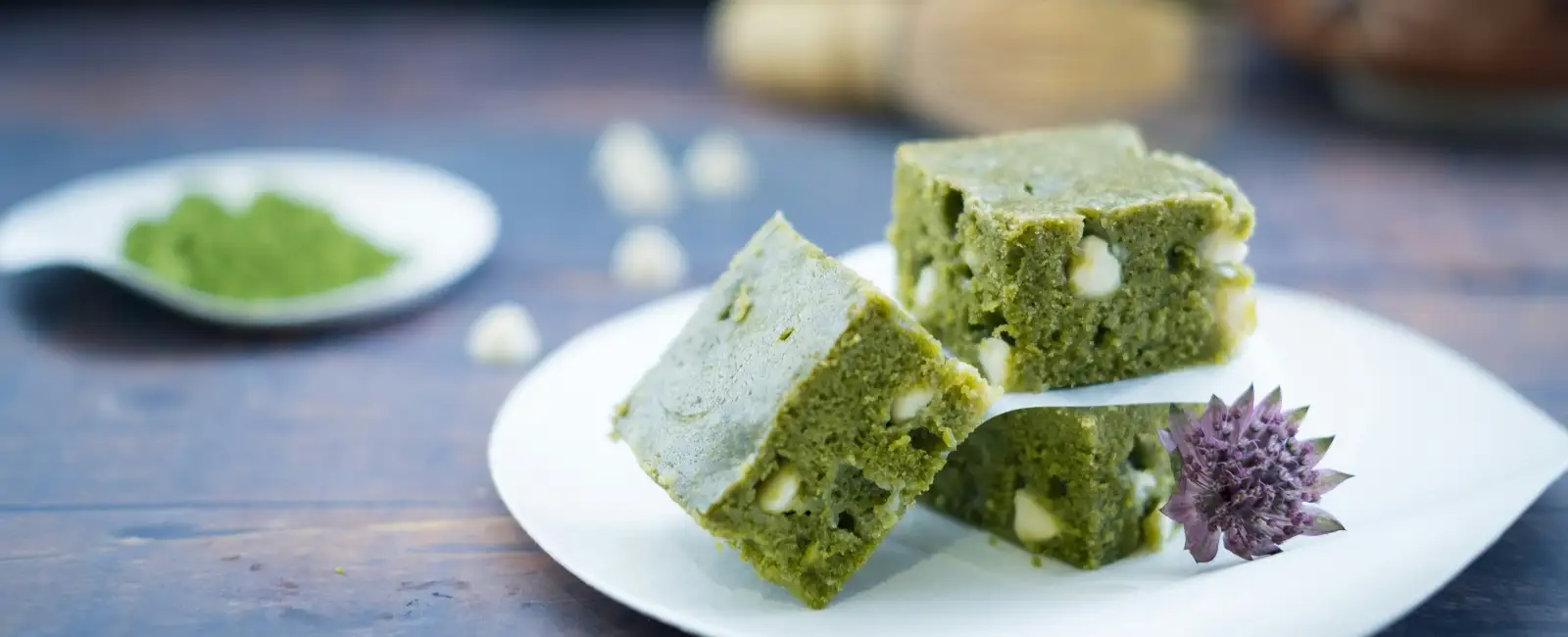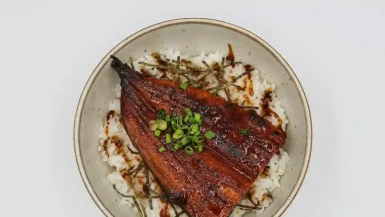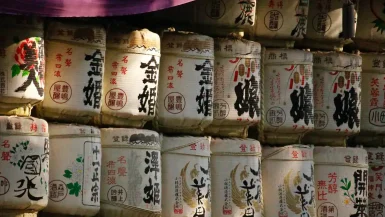When traveling to Japan, one of the most delightful experiences is indulging in the vast array of local snacks and sweets. Snacks and sweets in Japan offer a fascinating glimpse into the country’s culinary culture and traditions. From bustling city streets to quaint countryside shops, the flavors of Japan are as diverse as they are delicious. In this blog post, we will embark on a mouthwatering journey through Japan’s unique and irresistible local snacks and sweets. You’ll discover everything from traditional treats like mochi and dorayaki to regional specialties such as Okinawa’s chinsuko and Hokkaido’s cheese tarts. As we explore, we’ll also dive into the stories behind these delicacies, learning about their origins and cultural significance. Prepare to be amazed by the creativity and craftsmanship that shape Japanese confections. So, let’s begin our exploration and savor the delicious variety of snacks and sweets that Japan has to offer.
Introduction to Japanese Local Snacks and Sweets
Japanese local snacks and sweets are a reflection of the country’s rich culinary traditions and regional diversity. Each region boasts its own specialties, making it a gastronomic adventure to explore the different flavors. Whether you are a fan of sweet, savory, or something in between, Japan’s snack culture has something to offer.
A Glimpse into the World of Wagashi
Wagashi
Traditional Snacks and Sweets in Japan that often enjoyed with tea. These delicate confections are not just about taste but also about aesthetics, making them a true art form in Japanese culture. Craftsmen create each piece with precision and care, often reflecting the beauty of nature and the changing seasons. For instance, during spring, you might find wagashi shaped like cherry blossoms, while autumn-themed sweets may resemble colorful leaves. In addition to their visual appeal, wagashi use natural ingredients like sweet red bean paste, rice flour, and chestnuts, which contribute to their subtle and refined flavors. Moreover, the process of making wagashi involves traditional techniques passed down through generations, adding to their cultural significance.
When paired with a cup of matcha, the bitterness of the tea perfectly complements the sweetness of wagashi, creating a balanced and harmonious taste experience. Ultimately, enjoying wagashi is not just about satisfying a sweet tooth, but also about appreciating the craftsmanship and cultural heritage behind each beautifully made piece.
Mochi
One of the most well-known wagashi is mochi. This chewy, glutinous rice cake comes in various forms, such as daifuku, which features sweet fillings like anko (red bean paste). The texture and subtle sweetness of mochi make it a favorite among locals and tourists alike. In addition to daifuku, you can also find mochi in seasonal varieties, such as sakura mochi, which wraps in a cherry blossom leaf and is enjoyed during spring. Moreover, some types of mochi get grilled, resulting in a slightly crispy exterior that contrasts with its soft, chewy interior.
For a refreshing treat, try warabi mochi, a jelly-like version often served chilled and dusted with kinako (roasted soybean flour). Mochi’s versatility also extends to savory dishes, like ozoni, a traditional soup enjoyed during the New Year, where mochi is served in a warm, flavorful broth. Ultimately, whether enjoyed as a sweet dessert or as part of a savory meal, mochi’s unique texture and flavor make it an integral part of Japanese culinary tradition.
Dorayaki
Another popular wagashi is dorayaki. It consists of two fluffy pancakes filled with anko. This treat is not only delicious but also has a nostalgic value, often associated with childhood memories. For many Japanese people, dorayaki brings back fond recollections of enjoying it as a snack after school. In addition to its traditional anko filling, modern variations of dorayaki include fillings like custard, matcha cream, and even chocolate, appealing to a wider range of tastes. Moreover, dorayaki is often featured in Japanese pop culture, further cementing its place in the hearts of many.
Whether enjoyed with a cup of green tea or as a sweet treat on its own, dorayaki offers a perfect blend of softness and sweetness. As a result, it remains a beloved wagashi, cherished by both the young and the old across Japan. Ultimately, dorayaki’s simplicity and versatility make it a timeless dessert that continues to be enjoyed by generations.
Manju
Manju is a type of steamed bun filled with sweet bean paste. It is a versatile snack that comes in different shapes and flavors, often tied to specific regions. For instance, some regions use red bean paste, while others may use white bean or even chestnut paste as a filling. In addition to the traditional fillings, modern variations have emerged, featuring flavors like matcha, chocolate, or fruit. Each region of Japan often has its own unique version of manju, making it a popular souvenir for travelers.
When you visit different parts of Japan, you can taste the local manju specialties and experience the diverse culinary traditions of the country. Moreover, you typically enjoy manju with tea, making it a staple in Japanese tea ceremonies and a perfect complement to a relaxing afternoon. Whether you’re exploring a bustling city or a quiet rural area, you will likely find local shops selling manju, showcasing its enduring popularity across Japan.

Exploring Savory Snacks
Senbei: Senbei, or rice crackers, are a staple in Japanese snack culture. These crunchy delights come in various flavors, from salty soy sauce to sweet and spicy. They are often enjoyed with green tea, making them a perfect afternoon snack.
Takoyaki: Originating from Osaka, takoyaki are ball-shaped snacks filled with pieces of octopus, tempura scraps, and green onions. They are cooked in special molds and served with a savory sauce and bonito flakes. Takoyaki is a must-try for anyone visiting Japan.
Onigiri: Onigiri, or rice balls, are a simple yet satisfying snack. They are usually filled with ingredients like pickled plum, salmon, or tuna mayo, and wrapped in nori (seaweed). Onigiri are convenient and portable, making them a popular choice for picnics and quick meals.
Regional Specialties: A Taste of Japan’s Diversity
Japan’s regional diversity is reflected in its local snacks and sweets. Each region takes pride in its unique culinary creations, often influenced by local ingredients and traditions.
Hokkaido’s Yubari Melon
Hokkaido is famous for Yubari melon-flavored snacks. These treats include Yubari melon jelly, Yubari melon ice cream, and even Yubari melon KitKat, showcasing the versatility of this beloved fruit. The sweet, fragrant melon flavor is a true taste of Hokkaido, offering a unique experience for your taste buds. Additionally, people highly regard Yubari melons for their exceptional quality, and they often consider them a luxury item in Japan.
To fully enjoy these flavors, try them fresh or in various confectioneries during your visit. Moreover, the popularity of Yubari melon extends beyond snacks.Japanese also use it in drinks, desserts, and even savory dishes, highlighting its versatility. As a special treat, you might find Yubari melon-flavored items in limited editions or seasonal offerings, adding an extra layer of excitement to your culinary exploration. Ultimately, sampling these Yubari melon-flavored delights provides a delicious way to experience a taste of Hokkaido’s renowned local produce.
Kyoto’s Yatsuhashi
Kyoto, the cultural heart of Japan, is prominent for yatsuhashi. These treats are thin, cinnamon-flavored rice flour wrappers filled with sweet bean paste. Yatsuhashi can be enjoyed raw or baked, offering a unique texture and flavor experience. When served raw, the yatsuhashi has a soft, chewy texture with a delicate sweetness.
On the other hand, the baked version provides a crisp exterior and a slightly toasted flavor. People often enjoy this traditional confectionery during special occasions and festivals, making it a beloved part of Kyoto’s culinary heritage. For those interested in a more immersive experience, local shops and markets in Kyoto offer a variety of yatsuhashi, each with its unique twist on the classic recipe. Additionally, you might find seasonal flavors and variations that reflect the region’s rich food culture. Ultimately, yatsuhashi provides a delicious and authentic taste of Kyoto, encapsulating the city’s traditional charm in every bite.
Okinawa’s Chinsuko
Okinawa, with its subtropical climate, offers chinsuko, a traditional shortbread-like cookie. Chinsuko, made with lard and sugar, boasts a crumbly texture and often features local ingredients like purple sweet potato or brown sugar. Additionally, chinsuko’s rich flavor profile makes it a popular souvenir for visitors exploring the island. As you enjoy this treat, you may notice variations in taste and texture, depending on the specific recipe and regional ingredients used. Interestingly, chinsuko has been a part of Okinawan cuisine for centuries, reflecting the island’s unique culinary heritage.
Furthermore, this cookie pairs wonderfully with Okinawa’s traditional tea, enhancing its sweet and savory notes. If you visit local markets or specialty shops, you’ll find a diverse array of chinsuko flavors and shapes, each showcasing the creativity of local bakers. Overall, chinsuko offers a delicious and authentic taste of Okinawa, providing a memorable culinary experience for anyone exploring this vibrant island.
Modern Takes on Traditional Snacks
While traditional snacks and sweets hold a special place in Japanese culture, modern takes on these classics are also gaining popularity. These contemporary twists often blend traditional flavors with new ingredients and techniques.
Matcha Sweets: Matcha, or powdered green tea, is a quintessential Japanese flavor. Today, you can find matcha-flavored everything, from chocolates and cookies to ice cream and mochi. Snacks and Sweets in Japan offer a delightful variety that showcases the unique flavors of the country. The slightly bitter taste of matcha perfectly balances the sweetness of these treats. Moreover, matcha’s popularity extends beyond traditional sweets, influencing modern creations like matcha lattes and flavored pastries. In addition to matcha, you’ll encounter an array of regional sweets, each with its own distinctive taste and texture. For instance, Kyoto is renowned for its high-quality matcha and traditional wagashi, while other regions boast their own specialties. Ultimately, the diversity of snacks and sweets in Japan provides an exciting opportunity to explore the country’s rich culinary landscape.
Japanese Cheesecake: Japanese cheesecake is famous for its light, fluffy texture. Unlike its dense Western counterpart, Japanese cheesecake is airy and melts in your mouth. It has become a beloved dessert both in Japan and internationally.
KitKat Variations: Japan is famous for its unique KitKat flavors. From wasabi and sake to strawberry cheesecake and matcha, these limited-edition KitKats are a fun way to experience Japan’s creativity in snack-making.
The Art of Omiyage: Souvenir Snacks and Sweets
In Japan, omiyage refers to souvenirs, often in the form of local snacks and sweets.
These come in thoughtful packaging and are perfect for sharing with family and friends. The tradition of omiyage highlights the importance of gift-giving and appreciation in Japanese culture.
Tokyo Banana
One of the most famous omiyage from Tokyo is Tokyo Banana. These soft sponge cakes, filled with banana custard, come in various flavors and designs, making them a favorite among both locals and tourists. Alongside the classic flavor, you can find variations like chocolate, caramel, and even seasonal limited editions. Additionally, each box boasts beautiful packaging, often featuring charming designs that make them ideal for gifting. Moreover, Tokyo Banana is widely available in airports, train stations, and department stores throughout Tokyo, ensuring you can easily pick some up before heading home. For those looking to try something new, the brand occasionally releases special collaborations with other popular Japanese characters or themes.
Ultimately, Tokyo Banana has become more than just a treat; it’s a symbol of Tokyo’s innovative and playful spirit. Bringing home a box of Tokyo Banana not only delights your taste buds but also serves as a sweet reminder of your time in Japan’s bustling capital.
Shiroi Koibito
Hailing from Hokkaido, Shiroi Koibito are delicate langue de chat cookies with a layer of white chocolate in the middle. Renowned for their light, buttery texture, these cookies melt in your mouth, offering a delightful balance of sweetness and richness. In addition to their exquisite taste, Shiroi Koibito cookies come in beautifully designed packages, often presented in elegant boxes that reflect the snowy landscapes of Hokkaido. This design makes them a luxurious gift, perfect for sharing a piece of Japan with friends and family. Moreover, the cookies come individually wrapped, which helps maintain their freshness and makes them easy to distribute as souvenirs.
Visitors to Hokkaido can tour Shiroi Koibito Park in Sapporo, where they can watch the process of making these famous cookies and even try creating their own. For those who cannot visit, Shiroi Koibito cookies often appear at major airports and specialty shops across Japan. Ultimately, these cookies have become a symbol of Hokkaido’s culinary craftsmanship, cherished by locals and tourists alike.
Momiji Manju
In Hiroshima, you can enjoy momiji manju, which feature maple leaf-shaped cakes filled with sweet bean paste.These treats are a popular souvenir and a delicious reminder of Hiroshima’s regional charm. The distinctive shape of the cakes reflects the iconic maple leaves of the area, especially beautiful in the autumn season. In addition to the classic red bean paste filling, variations include custard and chocolate flavors, catering to different tastes. You can find momiji manju at local bakeries and souvenir shops throughout Hiroshima, making them easily accessible for visitors. Furthermore, many shops offer beautifully packaged versions, ideal for gifts or as mementos of your trip. The preparation of momiji manju involves a meticulous process, often using traditional methods that enhance their authenticity and flavor. Enjoying these cakes not only satisfies your sweet tooth but also connects you to the local culture and culinary traditions of Hiroshima.
Conclusion: Savoring Japan’s Local Snacks and Sweets
In conclusion, exploring Japan’s local snacks and sweets is a journey through the country’s rich culinary landscape. From traditional wagashi to modern treats, each bite offers a taste of Japan’s culture, history, and creativity. Whether you are visiting bustling cities or tranquil countryside, make sure to indulge in these delightful snacks and sweets.They offer more than just food; they become an integral part of the Japanese experience, waiting for you to savor and enjoy.
As you travel through Japan, remember to try the local specialties and perhaps bring some omiyage back home. The flavors of Japan will undoubtedly leave a lasting impression, making your journey even more memorable.
Enjoy your delicious adventure through Japan’s local snacks and sweets!



